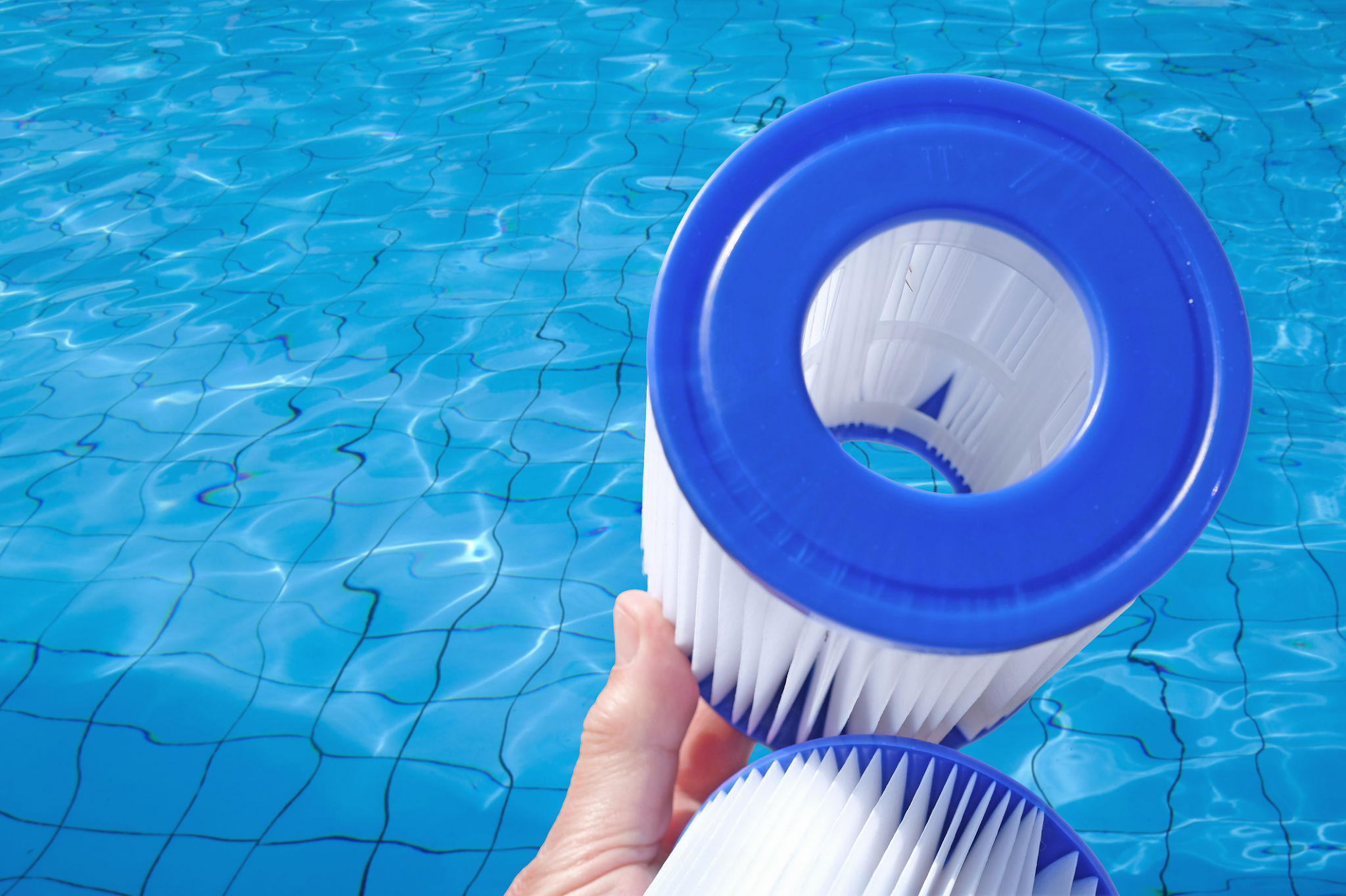DIY Spa Cleaning Tips: Keep Your Spa in Pristine Condition
Understanding the Importance of Regular Spa Cleaning
Your spa is a sanctuary for relaxation and rejuvenation. To maintain its pristine condition, regular cleaning is essential. Not only does this ensure a pleasant experience, but it also prolongs the life of your spa and protects your investment. By incorporating a few DIY cleaning practices, you can keep your spa inviting and hygienic.
Regular maintenance includes checking for debris, monitoring water levels, and ensuring that the water chemistry is balanced. This helps prevent any potential issues that might arise from neglect.

Essential Cleaning Tools for Your Spa
To effectively clean your spa, you need the right tools. Some basic necessities include a skimmer net, a scrub brush, and a vacuum. These items help keep your spa free of debris and grime. Additionally, having a water testing kit is crucial for maintaining balanced water chemistry.
Investing in a quality filter cleaner is also recommended. It ensures that your filters are working efficiently, which is key to keeping your spa water clean and clear.

How to Clean Your Spa Filters
The filters in your spa play a vital role in maintaining water clarity. To clean them, start by turning off your spa, removing the filters, and rinsing them with a garden hose to remove loose debris. For a deeper clean, soak the filters in a filter-cleaning solution overnight, then rinse thoroughly before reinstalling them.
Regular filter maintenance helps prevent cloudy water and ensures that your spa operates efficiently.

Maintaining Water Chemistry
Maintaining balanced water chemistry is fundamental to keeping your spa in top condition. Regularly test the water using a testing kit to monitor pH levels, alkalinity, and sanitizer levels. Adjust these as needed to ensure they remain within recommended ranges.
Proper water balance prevents skin irritation and prolongs the life of your spa’s components by preventing corrosion or scale build-up.
Draining and Refilling Your Spa
Periodically draining and refilling your spa is necessary to refresh the water and remove any contaminants. Aim to do this every three to four months. Start by turning off the power supply, then attach a hose to the drainage spout to empty the water. Once drained, take the opportunity to clean the spa shell with a non-abrasive cleaner before refilling it with fresh water.
Remember to re-balance the water chemistry after refilling to maintain optimal conditions.

Preventing Algae and Bacterial Growth
Algae and bacteria can quickly turn your spa into an unpleasant environment. To prevent this, regularly sanitize your spa with appropriate chemicals such as chlorine or bromine. Algaecides can also be used as additional protection against algae growth.
Consistent cleaning and proper chemical balance are key to preventing any unwanted growth in your spa.
Troubleshooting Common Spa Issues
Even with regular maintenance, you may encounter common issues such as cloudy water or persistent odors. If you face cloudy water, check the filter cleanliness and ensure proper chemical balance. Persistent odors often indicate an imbalance in water chemistry or the need for more frequent cleaning.

By following these DIY spa cleaning tips regularly, you can enjoy a pristine and inviting spa environment year-round. Not only will this enhance your relaxation experience, but it will also protect your investment for years to come.